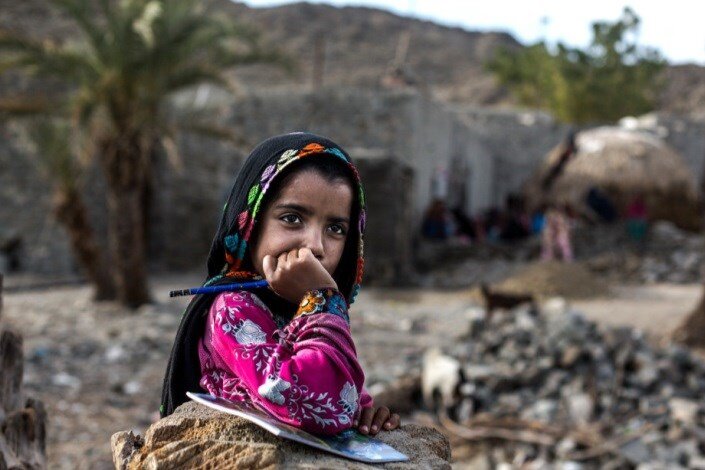Education for COVID-19 generation

TEHRAN – As the global pandemic lurches toward a second year, numerous challenges and threats are targeting humanity, especially the education of over 1.5 billion students whose learning has been hampered due to school closures.
With restrictions imposed to break the transmission chain, many nations across the globe announced school closure, while the full impact of which will only become clear over time.
On the one hand, the pandemic has shined a harsh light on the vulnerabilities and weaknesses, risks that follow from the privatization of education, and more importantly the world’s unpreparedness for a massive shift to distance learning.
On the other hand, online education is available for those who can access it, which caused a major problem for children living in poverty worldwide, who often rely on the physical setting of their schools to provide educational materials and guidance.
Globally, more than 570 million students – 33 percent of the enrolled students worldwide –were affected by countrywide school closures in 30 nations (as of November 2020). The number of children living in multidimensional poverty is estimated to have soared by 15 percent – an additional 150 million children by mid-2020, according to UNICEF.
How pandemic changed education in Iran?
Each year, Iranian students start the school year on September 23, after three-month summer vacation, while this year, in the light of the epidemic, all educational centers in Iran have been closed since late February 2020, and education was followed in three forms of in-person, virtual, and television-based.
In order for students to keep in touch with their studies, the Ministry of Education launched a homegrown mobile application on April 9, called SHAD, providing students with distance learning programs. Over 60 percent of students and 94 percent of teachers attended 64 percent of classes through the SHAD app, whose acronym in Persian translates as the Students Education Network.
Moreover, the Islamic Republic of Iran Broadcasting (IRIB) also began to broadcast televised educational programs on a daily basis after school closures.
With the downward trends of the disease, the National Headquarters for Coronavirus Control announced on Wednesday that schools with less than 50 pupils and vocational schools are allowed to start operating for practical and workshop courses in accordance with the health protocols, while the students’ presence is voluntary and on their choice.
This is while, online education in the country only covered 60 percent of the students, and the rest, amounting to 40 percent of the total students, are facing education loss, especially those residing in the deprived areas of the country.
Before the pandemic, the statistics reported that about 800,000 who have completed primary education drop out of secondary education each year in the country.
In 2019, over 140,000 children were missing out on education across the country, according to Abdolreza Fooladvand, head of Tehran’s Department of Education.
International Day of Education
Education is a human right, a public good, and a public responsibility.
The United Nations General Assembly proclaimed 24 January as International Day of Education in celebration of the role of education for peace and development.
The third International Day of Education (January 24) will be marked on Monday, January 25, under the theme ‘Recover and Revitalize Education for the COVID-19 Generation’. The global event for the Day is planned along with three main segments of learning heroes, innovations, and financing.
Without inclusive and equitable quality education and lifelong opportunities for all, countries will not succeed in achieving gender equality and breaking the cycle of poverty that is leaving millions of children, youth, and adults behind.
Today, 258 million children and youth still do not attend school; 617 million children and adolescents cannot read and do basic math; less than 40 percent of girls in sub-Saharan Africa complete lower secondary school, and some 4 million children and youth refugees are out of school. Their right to education is being violated and it is unacceptable.
Time for intelligent collective action
It is evident that we cannot return to the world as it was before, but what is more needed ever is global solidarity. It is particularly important that the world supports developing countries with investment in 21st-century education infrastructures.
Moreover, new generation education urgently needs investment and structural changes by the governments so that short-term setbacks do not grow into larger, long-lasting problems.
COVID-19 has shown us that future incidents can easily reshape the world so that we must not passively sit back and observe what plays out. Now is the time for public deliberation and intelligent collective action.
FB/MG
